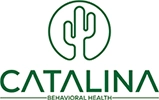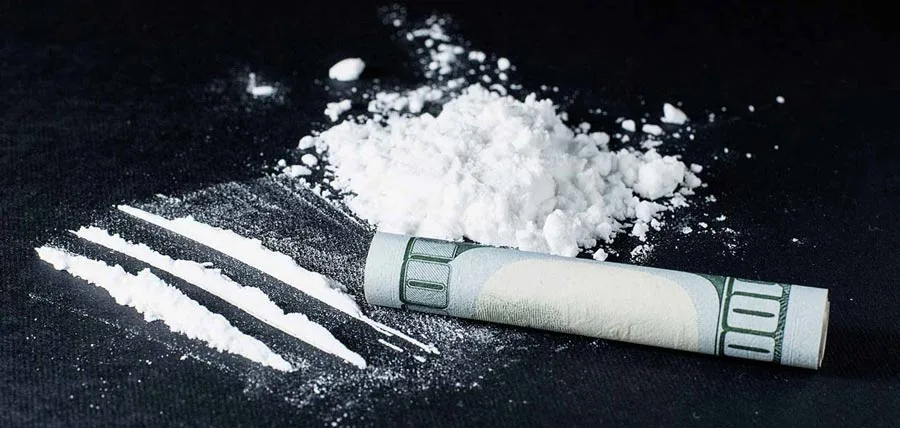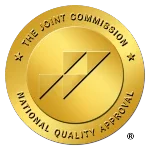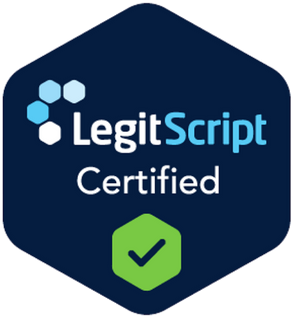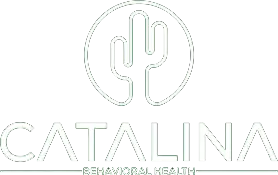Every type of substance abuse issue is different – some would say even relative. While this is true, certain forms of substance abuse include a heightened severity level due to specific dynamics.
A physical dependence indeed outlines the characteristics of heightened levels of severity, as it takes an intense level of willpower with additional help to overcome. Opioids, more specifically, heroin, are some of the most common culprits when it comes to this type of dependence.
In almost every case, heroin addiction treatment is required to combat, and ultimately defeat, the effects bestowed on a user by opioid abuse.
Keep reading to find answers regarding effective heroin addiction treatment, and what it entails. You will find out more about the approach at Catalina Behavioral Health and how it helps former users achieve long-term recovery and prevent relapse.
Heroin Addiction Hotline
What Is Heroin Addiction Treatment?
Heroin addiction treatment typically includes detoxification, rehabilitation, and relapse prevention. Detoxification involves cleansing the body of heroin and other drugs using prescribed medications or a detox program.
Rehabilitation aims to help addicted individuals overcome their physical and psychological dependencies on heroin and relapse prevention to help avoid returning to drug use. Heroin addiction treatment is available in various settings, including inpatient and outpatient programs.
These different program settings (inpatient and outpatient) are referred to as levels of care. Depending on the severity of the substance abuse, the length, and the situation’s urgency, a user typically receives a recommendation for which level of care is most appropriate.
Features of a Heroin Treatment Program
Heroin addiction is a severe and debilitating disorder. If left untreated, heroin addiction can lead to physical and psychological health problems, including death. Heroin treatment programs help addicted individuals overcome their addiction and live healthy lives.
Heroin treatment typically includes 12-step programs, group counseling, 12-hour detoxification periods, and ongoing support. Participants in heroin treatment receive guidance on how to live a sober life and avoid relapse. Treatment also includes education about the dangers of drug use and the benefits of rehabilitation.
The features of a heroin treatment program vary depending on the facility. However, most programs include group counseling, 12-step programming, detoxification procedures, medication management, continued support after treatment is complete, and relapse prevention strategies.
Depending on the specific facility, more evidence-based approaches may be used. Alternatively, other facilities prefer to stick closer to a more holistic approach.
If you suspect someone you know might need heroin addiction treatment, it’s essential to understand what withdrawal symptoms look like.
What Are the Signs of Heroin Withdrawal?
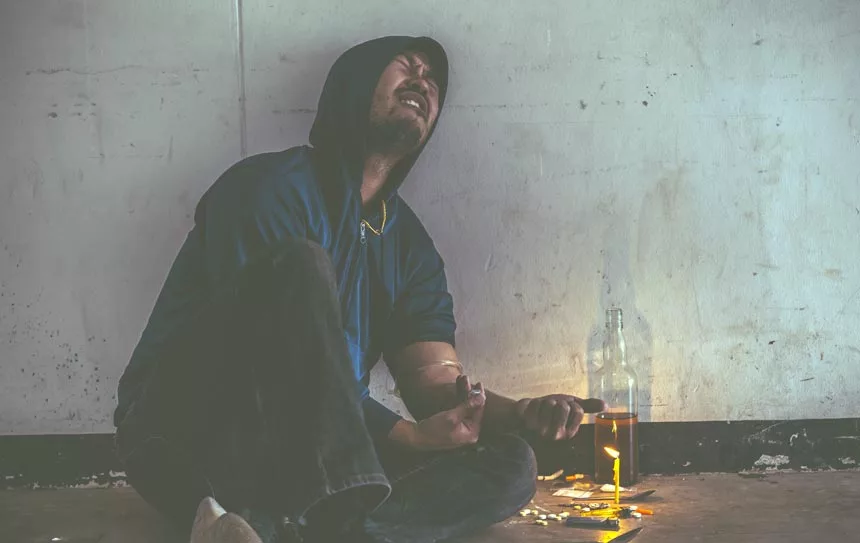
Heroin is a potent drug that causes an intense reaction in the mind and body. It affects the central nervous system and can lead to a feeling of euphoria, relaxation, and analgesia.
Over time, heroin use can lead to physical dependence and addiction. Once someone overdoses on heroin, withdrawal symptoms may begin. These symptoms can be mild or severe and last from several hours to several days.
The most common withdrawal symptoms include tremors, sweating, diarrhea, vomiting, increased heart rate, goosebumps, irritability, and cravings for heroin. In severe cases, seizures may occur.
One of the most detrimental side effects is the restless legs and lack of sleep accompanying withdrawal. Because of the lack of sleep, symptoms become worse, leading to more irritability and a higher risk of relapse because of the discomfort.
This has a significant impact on the mind, where treatment plays a huge role. It’s essential to be aware of the heroin withdrawal timeline to understand what you or someone you know might expect during detox.
A Potential Heroin Withdrawal Timeline
Withdrawal from heroin can be uncomfortable and last a few days to a few weeks. The withdrawal timeline varies depending on the person, but typically there are four stages: cravings, acute withdrawal, stabilization, and post-acute withdrawal.
Cravings typically peak around day three and slowly decrease over the following days. Acute withdrawal can last anywhere from two to seven days and features intense sweats, chills, vomiting, diarrhea, and tremors. Symptoms of withdrawal will vary from person to person but may also include muscle pain, restlessness, insomnia, anxiety, and a decreased appetite.
After the acute withdrawal has passed, people will enter stabilization, a slight, gradual decrease in withdrawal symptoms. The restlessness and lack of sleep can last as long as 30 days plus, with all other symptoms subsiding after a maximum of about 10-14 days.
Post-acute withdrawal takes place months after entering recovery. Long after the withdrawal period, the sudden and temporary return of the side effects of detox is known as post-acute withdrawal.
These happen sparingly and only last for a matter of 15 to 30 minutes. Typically, post-acute withdrawal symptoms are outlined by intense cravings, sweating, increased heartbeat, and goosebumps.
After heroin treatment is over, aftercare becomes vitally crucial for combatting post-acute withdrawal symptoms and avoiding relapse.
How Long Does Heroin Treatment Last?
How long does heroin rehabilitation last? This depends on the individual, but rehab for heroin addiction typically lasts anywhere from 30 to 90 days. Some people may require more time, while others may be able to complete their treatment in less time.
The goal of heroin rehabilitation is to educate the user about triggers and underlying causes that led to their substance abuse. This is accomplished through dual diagnosis treatment, cognitive behavioral therapy, and other behavioral health methods.
In some instances, clients may choose to participate in medication-assisted treatment. This can happen with or without rehab and is accomplished using methadone or buprenorphine (Suboxone) treatment.
Heroin Withdrawal and Suboxone
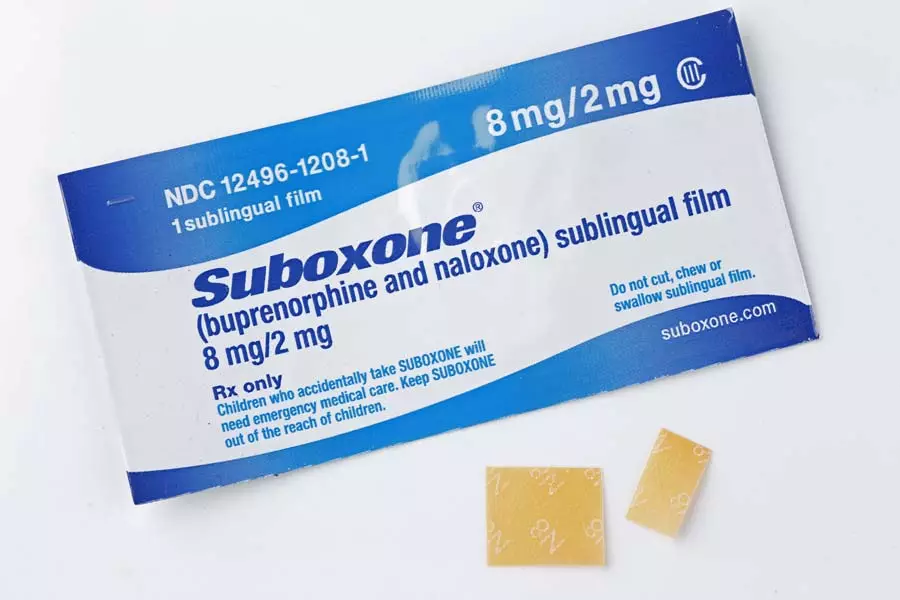
Suboxone is a medication that is used to treat heroin addiction. It works by helping to reduce the symptoms of heroin withdrawal. Suboxone is an effective treatment for heroin addiction and is more effective than other treatments available on the market.
It works by helping the person to feel less intense symptoms of withdrawal from opiates or opioids. This can reduce their risk of relapse.
Specific guidelines need to be followed when taking suboxone for heroin withdrawal. The first step is to talk to a doctor about whether or not suboxone is a good option for you. If you are approved, the doctor will give you a prescription for the medication. You will then need to take the suboxone as prescribed and follow the other guidelines set forth by your doctor.
Anyone suffering from opioid abuse disorder using heroin must refrain from heroin use for at least 24 hours before ingesting suboxone. Otherwise, they can experience precipitated withdrawals, the sudden and intense onset of detox symptoms.
Suboxone is considered a more efficient and much safer alternative to quitting heroin cold turkey.
The Risks of Quitting Heroin Cold Turkey
Licensed Addiction Treatment
When someone decides to quit heroin cold turkey, several risks can occur. The most common hazards include:
- developing withdrawal symptoms, which can be intense and last for several days;
- worsening addiction because the body is no longer getting the drugs it needs;
- becoming addicted to other substances as a way to cope with the withdrawal symptoms; and
- suffering from mental health issues due to trying to quit heroin cold turkey.
If you’re thinking about quitting heroin cold turkey, you must talk to a doctor or therapist about your options to weigh all the risks and decide what’s best for you.
The physical side effects of quitting heroin cold turkey could potentially complicate the situation, as high blood pressure, increased heart rate, and lack of sleep take their toll.
Besides Suboxone treatment, medically supervised detox is another standard treatment for recovery.
The Benefits of Medically Supervised Detox
Medical supervision of detox can offer many benefits for those addicted to heroin. These benefits include:
- Reduced risk of overdose death.
- Increased safety and stability during detox.
- Improved chances of completing treatment.
- Eased symptoms and improved quality of life.
Physicians in charge of clients during medically assisted detox prescribe certain medications to ease the most uncomfortable symptoms of withdrawal.
Medications Used for Treating Heroin Addiction
Medical detox is a necessary step in treating heroin addiction—the medications used during medical detox to treat withdrawal and medications to treat heroin addiction work differently. Withdrawal medications help the body remove the effects of heroin and other drugs from the system and treat discomfort. Addiction medications help patients to manage their symptoms of addiction.
Detoxification typically lasts 3-7 days and includes drinking fluids, eating small meals often, resting, and avoiding caffeine, alcohol, and tobacco. Medications used during medical detox include small doses of benzodiazepines, Suboxone, antidepressants, and muscle relaxers.
When clients treat heroin addiction, the most commonly prescribed medications are Suboxone and Naltrexone. Many users claim that medications like Suboxone don’t work as well as they used to. This is likely because of the potency of the drugs they’re ingesting compared to years past.
Most batches of heroin are either laced with fentanyl or comprised of the substance completely, with little to no heroin content.
The Rise of Fentanyl and Risk of Overdose
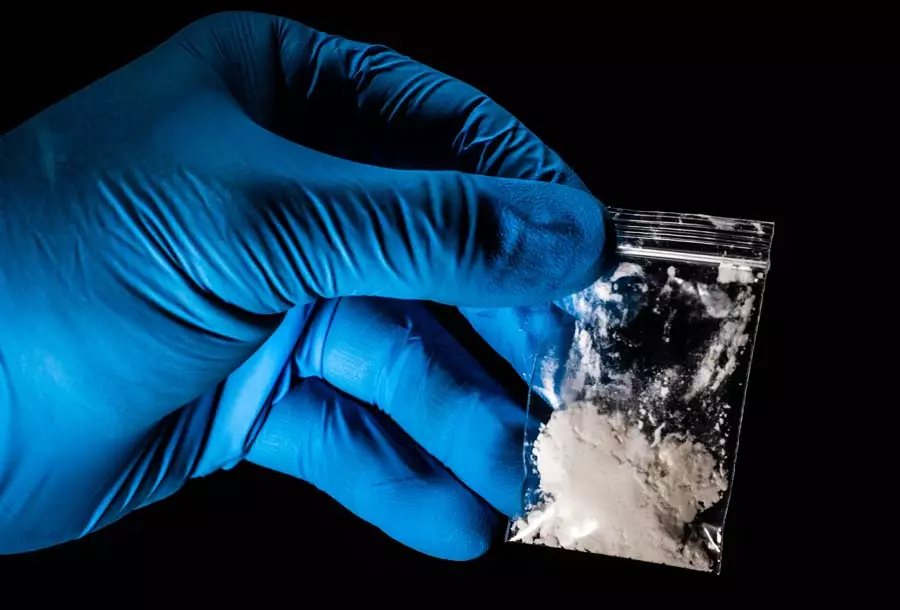
Fentanyl is a powerful opioid increasingly used in the United States. Fentanyl can be fatal if taken in large doses and is often mixed with other opioids to increase its potency. Overdose due to fentanyl use has become a significant health concern, and there has been an increase in fentanyl-related overdose deaths over the past few years.
Fentanyl can be bought on the street or obtained illegally through prescription drugs. If you are using fentanyl, it is essential to know how much to take and what dangers exist if you overdose.
Regardless of whether the substance in question is heroin or fentanyl, it’s difficult to achieve recovery without treating the underlying causes of heroin addiction.
Help For Heroin Addiction
Treating the Underlying Causes of Heroin Addiction
The underlying causes of heroin addiction can be challenging to identify and treat, but with the help of a dual-diagnosis treatment center, addicts can get the help they need. Dual-diagnosis treatment centers are designed to provide comprehensive care for people struggling with a co-occurring mental health condition.
This type of treatment allows addicts to receive medical and psychological care in one place, which is often more effective than receiving different treatments. Dual diagnosis treatment also offers support groups and counseling, which can help users learn how to cope with their addiction and address the underlying issues that led them to use heroin in the first place.
Long-Term Recovery from Opiates
At Catalina Behavioral Health, we believe long-term recovery from opiates is possible with the right individual treatment plan and a strong team by your side. Our physicians and care specialists work closely with each client to determine the most efficient method for success.
To find out how we can help you achieve long-term recovery from opiates, contact a member of our Admissions team today!

